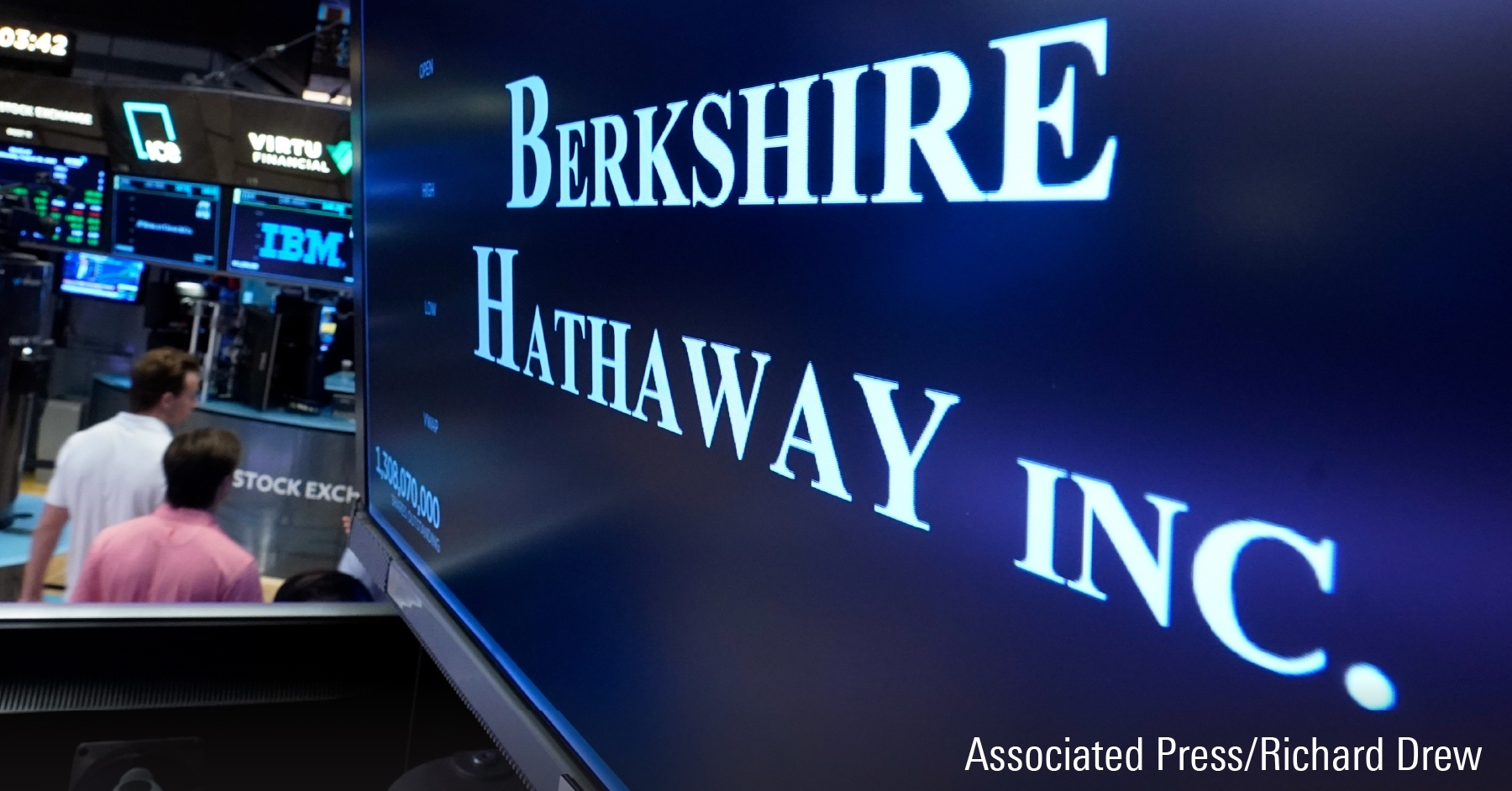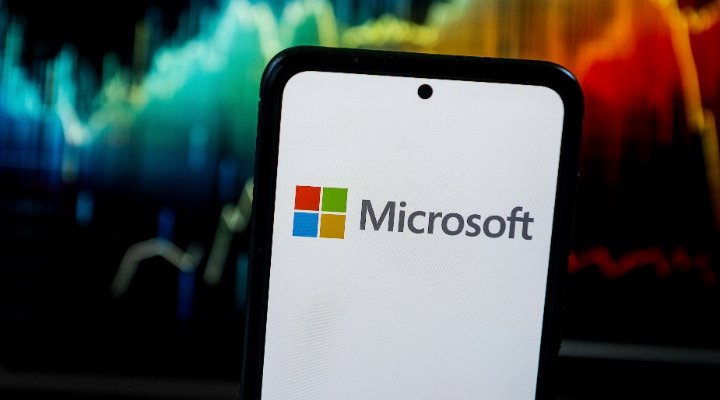Apple reported fiscal fourth-quarter results that illustrated the success of its iPhone pricing strategy, as strong top-line growth was bolstered by stellar ASP expansion of its flagship device despite effectively flat unit sales. However, management’s revenue guidance (at the midpoint) fell short of our expectations, implying a more tepid holiday quarter for the smartphone titan. Further cause for concern came from CFO Luca Maestri who noted that beginning next quarter, Apple will no longer be providing unit data for iPhones, iPads, or Macs, though revenue for each segment will still be disclosed. We are disappointed in the decision, as it obscures the mechanics for the future growth trajectory of the iPhone, which we note has become increasingly reliant on ASP-fueled growth in lieu of rising units. Shares fell 7% during after-hours and are approaching our unchanged fair value estimate of $200 per share. We recommend prospective investors wait for a more attractive margin of safety for this narrow-moat behemoth.
Fourth-quarter revenue rose 20% year over year to $62.9 billion, led by the iPhone unit. Thanks to 10 days’ worth of sales of the latest iPhone XS and XS Max (starting at $999 and $1049, respectively) at the back-end of the quarter, iPhone sales rose 29% year-over-year to $37.2 billion. We note the 2017 flagship iPhone X did not contribute to Apple’s top line until the first quarter of fiscal 2018, thus distorting the comparisons of iPhone product sales. Apple’s iPhone ASPs rose 28% year over year to $793, while units were effectively flat. First-quarter sales are expected to be in the range of $89 billion and $93 billion, with the midpoint implying 3% year-over-year growth. Maestri cited $2 billion in foreign exchange headwinds hindering the firm’s outlook. We foresee Apple reaching the high-end of this range, with an estimated $64 billion in iPhone revenue driven by 4% ASP growth, thanks to a favorable mix skewed to the XS/XS Max and LCD-variant XR.
Services revenue for the quarter was $10 billion, up 17% year over year (and 27% when excluding a favorable onetime accounting adjustment of $640 million a year ago). The usual suspects (App Store, cloud services, AppleCare, Apple Music, and Apple Pay) all contributed to the strength, while paid subscriptions from Apple and third parties surpassed 330 million during the quarter, per CEO Tim Cook. For the year, services grew 24%, while Maestri noted the segment is on track to double its fiscal 2016 revenue by 2020. While we think this is an attainable target, we do model deceleration in this segment going forward.
On Oct. 30, the firm announced updates to its Mac and iPad lineup, with a new MacBook Air with upgraded specifications and a fresh iPad Pro with Face ID, a larger screen with no home button, and fresh A12X processor manufactured on TSMC’s 7-nanometer process node. While both Mac and iPad sales were lukewarm during the quarter (up 3% and down 15% year-over-year, respectively), we anticipate these new product launches will allow both segments to rebound in fiscal 2019 after declining in fiscal 2018. Wearables (Apple Watch, AirPods, and Beats) grew another 50%-plus during the quarter, with the latest Apple Watch Series 4 poised to facilitate continued growth in the segment, in our view.
Gross margins were effectively flat during the quarter (sequentially) at 38.3%, as leverage from higher revenue was offset by seasonal transition costs. Despite the added leverage benefits during the December quarter, Maestri noted first-quarter margins will also be flat sequentially. While the firm will enjoy iPhone unit leverage and a 30-basis point boost from beneficial memory prices, Apple will be negatively impacted by foreign exchange headwinds to the tune of 90 basis points. All things considered, we think the firm has done a solid job balancing the moving parts of its business to achieve relatively stable margins.
For fiscal 2018, revenue rose 16% to $265.6 billion, led by the iPhone, Services, and other products segments (up 18%, 24%, and 35%, respectively). However, we think the firm’s overall growth trajectory will be in the mid-single digits in the coming years, as its iPhone growth story continues a shift away from units to ASPs. Beginning with the December quarter, the firm will be reporting revenue and cost of sales for both total products and total services. While we applaud this level of transparency, given the increasing importance of the Services business, we remain skeptical of the reasoning provided by Cook on why units (iPhone, iPad, and Mac) no longer need to be reported.
When assessing Apple’s forward prospects, we think its premium status has driven a more amplified bifurcation of the smartphone market with the iPhone XS/XS Max poised to dominate the high end of the spectrum. Meanwhile, we believe the firm’s lower-end devices will lose share in emerging market regions where the iOS allure is less pronounced and users are more cost-conscious. Case in point, the cheaper SE model was recently dropped from Apple’s iPhone lineup. Consequently, this dynamic of flat iPhone units will intensify Apple’s reliance on growth derived from the Services and other products business lines.























